Last Update: 7 Jan 2022.
5.2.1 The site shall have undertaken a documented risk assessment to determine the number of employees that need to be appointed as an animal welfare officer (AWO)who have responsibility for overseeing the animal welfare aspects of unloading, lairaging and slaughter of pigs.
5.2.2 As a minimum, responsibility for animal welfare shall be specifically assigned to a trained and competent AWO. The AWO shallattend the Bristol University, Humane Slaughter Association, Livestock-wise or an equivalent animal welfare course recognised by the BMPA. The site shall retain a copy of all training certificates.
5.2.3 There shall be at least one trained AWO on duty during the operation of the slaughter lines, to check that all pigs are handled with care during unloading, lairaging, penning and slaughter, ensuring compliance with legislation and the BMPA Pig Welfare, Slaughter, and Biosecurity module.
5.2.4 Daily checks on the welfare conditions of randomly selected batches of pigs shall be assessed and documented on arrival by the AWO or competent deputy.
Guidance
Trained AWOs are responsible for overseeing the unloading, carriage and passage of pigs to the point of slaughter. The following may be considered (not exhaustive):
- delivery schedules (including out of hours/weekends)
- number of AWOs required to cover all relevant processes, e.g. unloading/lairage and slaughter
- number of pigs being processed aligned to kill rate
- adequate cover in the event of holidays/sickness
- where a single AWO is present, the operative shall adhere to company procedures when moving between lairage and abattoir to ensure food safety procedures are not being compromised.
The scope of the animal welfare training course shall be appropriate to the activities of the site. Copies of animal welfare training certificates shall be readily available for review by the service provider at the time of the audit. Note that this training is in addition to the legally required certificates of competence. Refer to the Guide to Good Practice – Welfare at Slaughter for procedure examples.
Evidence
In deciding if conformance has been met, the auditor shall review the risk assessment study and check that the conclusions of the study are appropriate. Additional evidence shall be copies of AWO welfare training certificates. Examples of daily checks on the welfare conditions of pigs.

